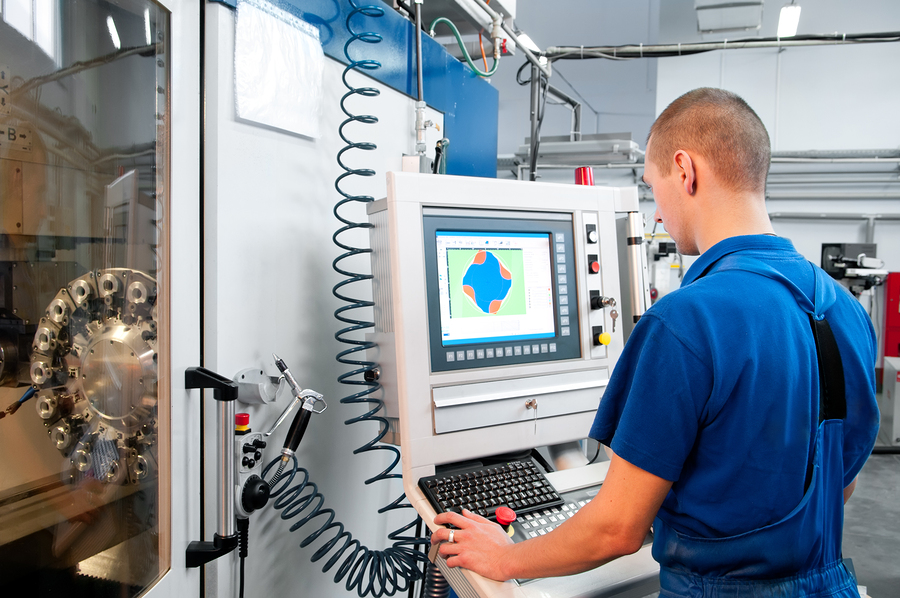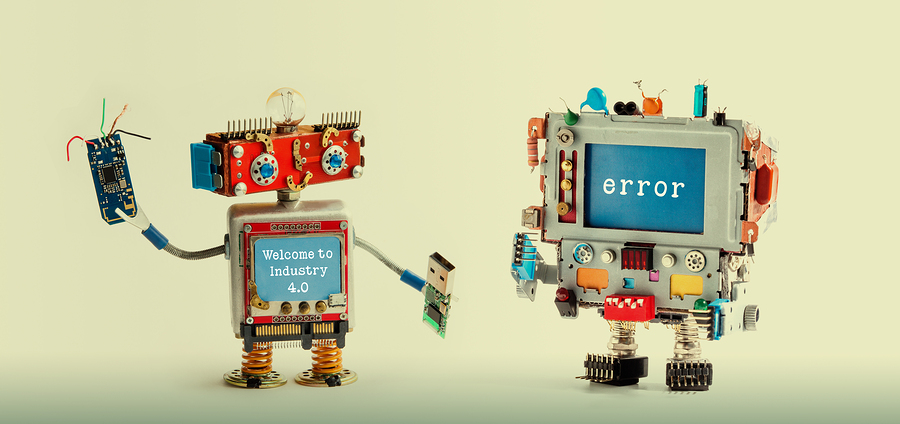For manufacturers moving to the IIoT, machine learning might seem like yet another hurdle after moving to intelligent processes. But, rather than detract from their abilities to function in this new world of Industry 4.0, machine learning works alongside IIoT processes, offering manufacturers the ability to get even more out of their intelligent upgrades.
Machine learning
 For those not in the know, machine learning involves machines “learning” through artificial intelligence as they gather, process, and use the information machine sensors produce. As IIoT devices already produce data as their sensors monitor processes, the next logical step is for manufacturers to use that data. But with so much produced by each device — and more for manufacturers with multiple devices or entirely intelligent facilities — how can they sift through it, much less use it?
For those not in the know, machine learning involves machines “learning” through artificial intelligence as they gather, process, and use the information machine sensors produce. As IIoT devices already produce data as their sensors monitor processes, the next logical step is for manufacturers to use that data. But with so much produced by each device — and more for manufacturers with multiple devices or entirely intelligent facilities — how can they sift through it, much less use it?
They don’t have to. Connected IIoT devices send the data their sensors collect to the cloud via their communications networks. Although cloud storage has become much less expensive as of late, large amounts of data simply sitting in cloud storage doesn’t benefit manufacturers or the machines in their plants.
Using the data
The ability to analyze and use that data, however, does. Manufacturers who integrate their IIoT devices into an overall platform for just this purpose are able to achieve real results. But it’s not a plug-and-play option; instead, there are many processing stages this data must go through in the IIoT platform before it’s useful to individuals and machines back on the plant floor.
 But many IIoT processors are so robust they can process data in real time or near-real time, allowing manufacturing professionals to make immediate or very fast changes on the line and allowing machines to quickly learn from the information the platforms send back to them. With this flexibility, those on the plant floor have more visibility into what’s happening with their machines and the environments the devices are working in, and machines do, too.
But many IIoT processors are so robust they can process data in real time or near-real time, allowing manufacturing professionals to make immediate or very fast changes on the line and allowing machines to quickly learn from the information the platforms send back to them. With this flexibility, those on the plant floor have more visibility into what’s happening with their machines and the environments the devices are working in, and machines do, too.
Speedy reactions
Access to real-time or near-real time information also allows manufacturing professionals to react quickly to issues their machines can’t handle on their own. But that’s not all: Manufacturers can use rules in intelligent systems, programming controls to shut parts of or the entire production line down should an anomaly occur in an individual connected machine. Not only can this help prevent overall system damage that would otherwise require a complete shutdown, but it can also help protect individual aspects of the line and keep employees safe.
 In addition to real-time information processing, IIoT platforms also analyze information over longer periods of time. With long-term information, manufacturers can implement preventative maintenance and more easily and efficiently plan for maintenance, repair, and overhaul. And with machines that can learn when their parts are nearing breaking points, manufacturers can better prepare for breakdowns and shutdowns by preventing them before they happen. Plus, manufacturers who engage in machine learning can ensure their equipment is always running at optimal levels, allowing them to maintain the health of their machines in the long run as well as ensure safety and quality in their finished products.
In addition to real-time information processing, IIoT platforms also analyze information over longer periods of time. With long-term information, manufacturers can implement preventative maintenance and more easily and efficiently plan for maintenance, repair, and overhaul. And with machines that can learn when their parts are nearing breaking points, manufacturers can better prepare for breakdowns and shutdowns by preventing them before they happen. Plus, manufacturers who engage in machine learning can ensure their equipment is always running at optimal levels, allowing them to maintain the health of their machines in the long run as well as ensure safety and quality in their finished products.
When they have less to worry about in terms of individual parts, machines, and the overall system, manufacturers can increase output as they reduce the amount of materials they use in production. With these benefits and more, is it time you took your manufacturing plant to the next level with machine learning?
